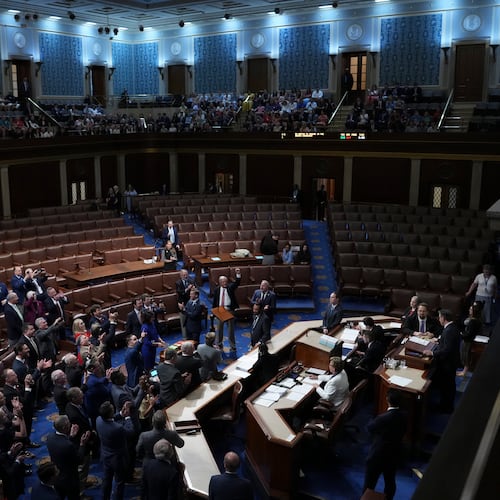President Barack Obama has highlighted the need to improve student achievement, and a recent report finds that U.S. military programs are doing just that.
The report by the National Association of State Boards of Education notes that education officials are amazed at the military’s ability to take at-risk young people and “successfully train them to operate and maintain technologically sophisticated equipment, such as nuclear submarines and specialized computer systems.” Princeton professor Hugh Price has observed that the military’s educational programs aimed at the public schools succeed where others fail.
Military-sponsored education programs set high expectations for students and educators, provide a structured environment with personalized support, use personalized learning plans to identify a student’s strengths and areas for growth, and ensure that the curriculum is relevant and aligned to desired outcomes. Take, for example, the Junior Reserved Officer Training Corps, which include half a million students nationwide.
The NASBE report describes JROTC as combining “classroom instruction and extracurricular activities to foster development of citizenship, public service, responsibility, and a sense of accomplishment.” The curriculum covers a wide range, including citizenship, communications, health and wellness, and geography. One important element of JROTC curricula is the science, technology, engineering and math component. JROTC programs promote STEM through real-world applications such as applied flight sciences, nautical astronomy and partnerships with organizations such as the National Science Center.
The NASBE report says that military education programs are data driven. JROTC uses the Classroom Performance System, an infrared response system that allows students to take tests at their own pace, records student test responses, and provides immediate individual feedback to students and teachers. The report points out, “There is stronger accountability for results and the system benchmarks test scores, so instructors can immediately alter lesson plans depending on student performance.”
The performance of Army JROTC cadets was compared to the overall U.S. student population on GPA, dropout and graduation rates, attendance and disciplinary action. The report found that the students in the Army program “fared better than their school counterparts who did not participate.”
The Army alone provides more than 70 programs and resources for students, parents and educators. Many of these programs can be used in classrooms or independent of schools to help students prepare for high-stakes exams, such as the SAT, or to improve math and science skills.
Lt. Gen. Benjamin Freakley, head of the Army’s Accessions Command, has written that, “Educators, business and community leaders, and military leaders and other major stakeholders need to act quickly and with conviction to address the current crisis in education.” Given the success of the military’s education programs, the NASBE report agrees with the general and recommends that, “Now is the time for education and military to partner.”
Policy makers should heed this advice, put aside their biases, look to what works, and, according to Freakley, recognize “our shared responsibility to enable the brightest and best futures for our young people, whatever educational or career path they chose.”
Lance T. Izumi is Koret senior fellow and senior director of education studies at the Pacific Research Institute.
About the Author
Keep Reading
The Latest
Featured


